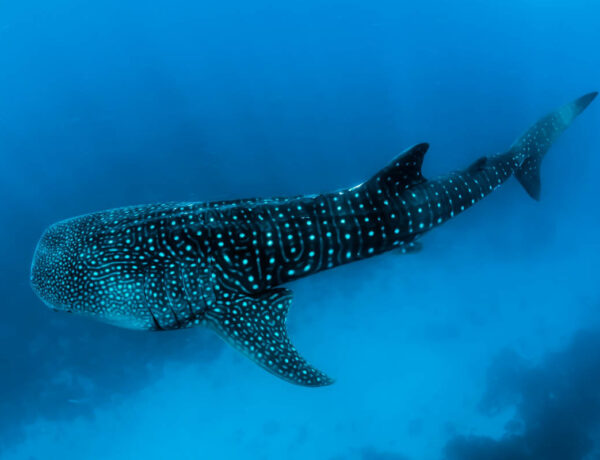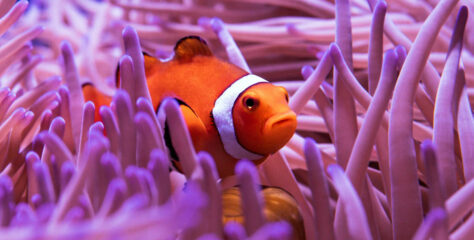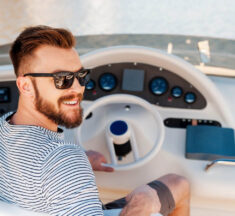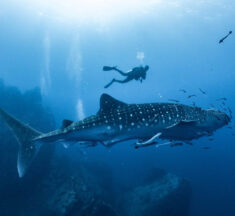Liveaboard diving in Ari Atoll, Maldives with “Ari Queen”
After my year living and working as Dive instructor in the Maldives, I was dead…
After my year living and working as Dive instructor in the Maldives, I was dead…
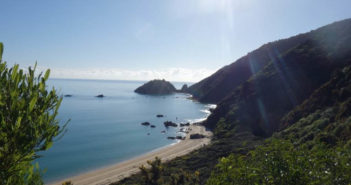
The South Island of New Zealand is known for its diverse and spectacular landscapes including remote national parks, golden beaches, World Heritage status rainforests, glaciers, and Mount Cook. Made famous by The Lord of the Rings and The Hobbit, it is a popular holiday destination for those seeking outdoor adventures and adrenaline highs.
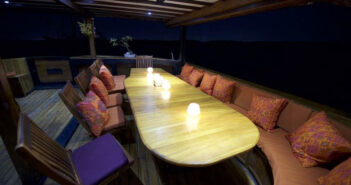
The South Island of New Zealand is known for its diverse and spectacular landscapes including…
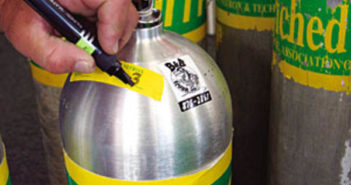
NitrOx, EANx, DNAx, Safe Air, OEA; many names and acronyms for the same thing, oxygen enriched air. Once maligned, now just largely misunderstood, NitrOx is a part of the modern diving experience for both recreational and commercial divers. This article is less fun than previous entries, but if you’re considering diving NitrOx, it’ll help dispel some of the myths and falsehoods about it for you!
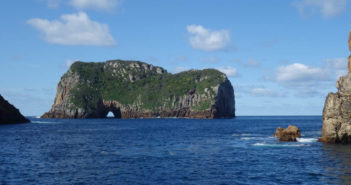
New Zealand is known for its wilderness areas on land but it is also home to 36 marine reserves and a spectacular array of dive sites. With accessible coastlines and hundreds of offshore islands, there are opportunities to dive wrecks, subtropical reefs, explore arches and dive within kelp forests, to name but a few. It is also possible to dive with rays and sharks, given that 26 species of ray and 113 species of shark have been recorded in New Zealand waters. There is something suitable for all dive preferences and abilities and here are our top picks of diving the North Island.
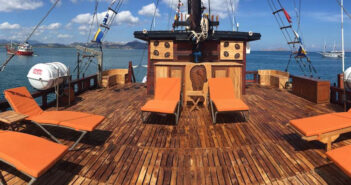
New Zealand is known for its wilderness areas on land but it is also home…
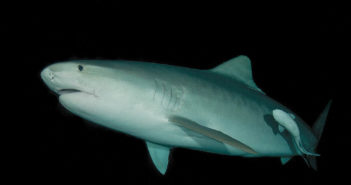
In underwater photography, black backgrounds are a great way to emphasize and highlight your subject.…
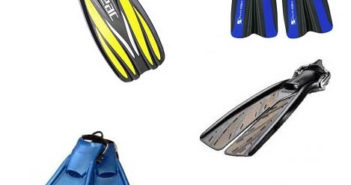
With the variety of fin types, styles and material used it’s sometimes a little confusing when trying to decide on the right diving fins for your activity. Will they do what I need them to do properly, do they fit, what’s a split or blade fin, open heel or full foot. What fin’s do or will your dive buddies have?
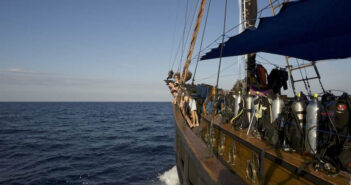
With the variety of fin types, styles and material used it’s sometimes a little confusing…
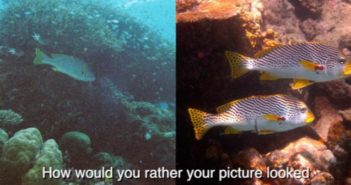
This is a topic I have constantly been putting off, as there are so many different aspects to it, but it has to be addressed, as it is so fundamental to getting good underwater images. Lets face it which image would you prefer?
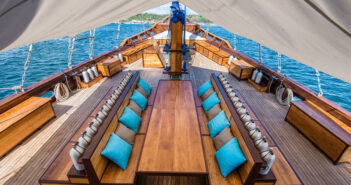
White Balance – Colour correction, part 1. This is a topic I have constantly been…
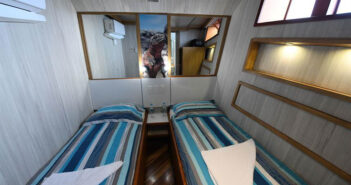
If you’re interested in the history of diving, this is a great book full of…
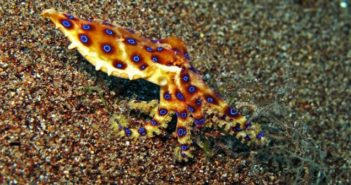
I am definitely not the first person to write about the Blue-ringed Octopus, but once you’ve seen one for yourself it is quite understandable that divers get excited about them. Blue-ringed Octopus are one of the few invertebrates you can call “cute”. Small size (Check!), adorable way of crawling around (Check!), innocent looking (Check!) and iridescent blue rings they look like something out of a cartoon (Check!). With the added level of spice that these are also one of the world’s most venomous animals, it’s only normal that people are interested in these critters.
I am definitely not the first person to write about the Blue-ringed Octopus, but once you’ve…
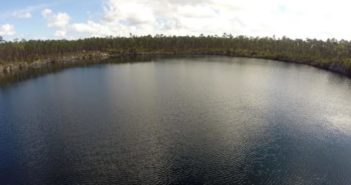
People often ask me what my favourite dive is. While it is hard to distinguish after thousands of dives around the world on dazzling reef systems and tantalising encounters with sharks and dolphins and all those classic ocean superstars that we all know. One of my answers is often received with a confused expression on the face of the enquirer.
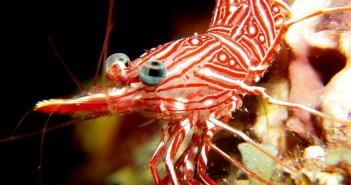
People often ask me what my favourite dive is. While it is hard to distinguish…
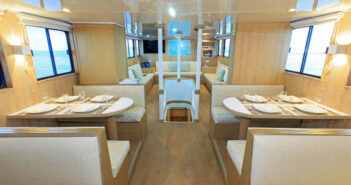
A seemingly unrelated occurrence prompted Christine Secco to take up scuba diving. In June six…
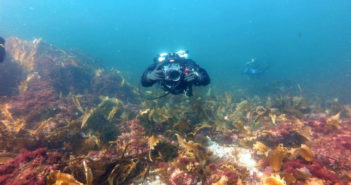
Peggy’s Cove is a small rural community located on the eastern shore of St. Margarets Bay in Nova Scotia. It is famous for the Peggy’s Point Lighthouse (established 1868).
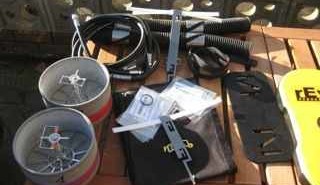
Peggy’s Cove is a small rural community located on the eastern shore of St. Margarets…
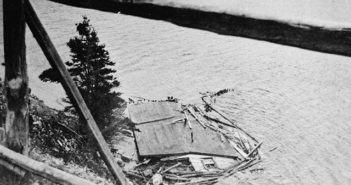
Tsunamis are such uncommon events on the East Coast that the term itself is rarely used. Yet on November 18, 1929, the unthinkable occurred. A large scale earthquake rocked the eastern coast of North America at 5:00 p.m. In St. John’s, Newfoundland, although no serious damage was sustained, the quake shook buildings, broke dishes, and upset furniture. Most people did not know what and earthquake was and thought it was an explosion.
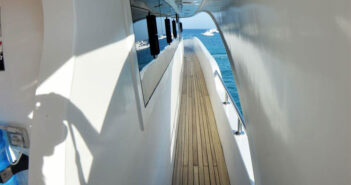
Tsunamis are such uncommon events on the East Coast that the term itself is rarely…
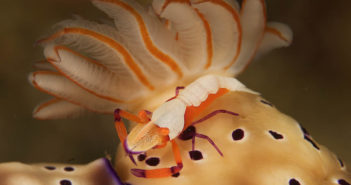
Nudibranchs are perhaps one of the most photographed animals in most dive destinations around the…
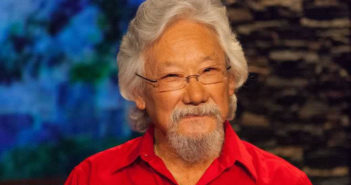
In the 1990s, the David Suzuki Foundation embarked on a program to develop community economic projects with coastal First Nations. Between 1998 and 2003, my wife and foundation co-founder, Tara Cullis, established relationships with 11 coastal communities from the tip of Vancouver Island to Haida Gwaii and Alaska, visiting each several times.
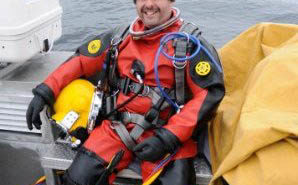
Mark Smith was looking for “something adventurous” when he took up diving. He had started parachuting but he wanted something that could be more easily accessed. “Diving seemed to fit in between.”
Mark Smith was looking for “something adventurous” when he took up diving. He had started…
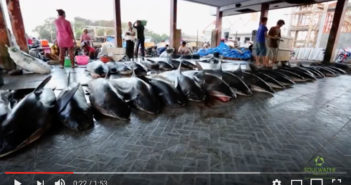
Documentary about Tanjung Luar Fish Market, East Lombok, Indonesia The Problem Sharks are a vital…
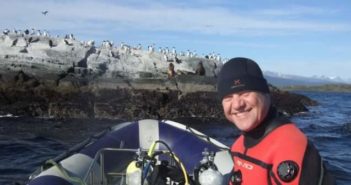
It doesn’t take that long to prepare your stuff and it will save you a whole heap of hassle. Do it the day before, in the evening, before you have a drink! Ask the dive organiser how you will be entering the water and if it will be suitable for bringing a camera.
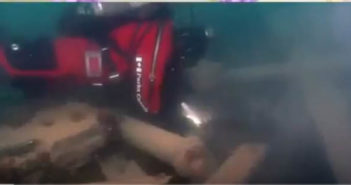
The Northwest Passage through the Arctic was discovered long ago, but the ownership of Arctic Ocean beds remains unsolved. Canada, Norway, Russia, the United States and Denmark have all filed claims. Denmark’s claim is through its connection with Greenland.
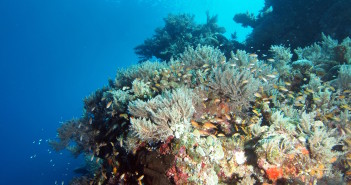
The Northwest Passage through the Arctic was discovered long ago, but the ownership of Arctic…
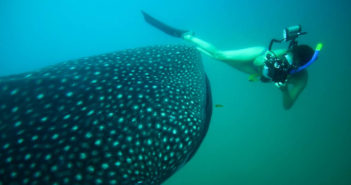
Fiona Ayerst is a specialist stills underwater photographer. She’s also a writer, public speaker, tour guide and a passionate conservationist who speaks up for animal rights.
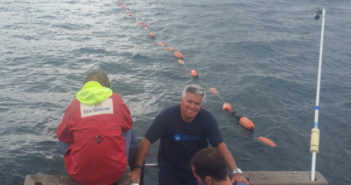
Paul von Blerk specializes in electronic shark repellents with the Kwazulu-Natal Sharks Board Maritime Centre of Excellence. He’s worked with the Shark’s Board for 34 years, and for the last couple of decades, he’s dedicated his life to creating and testing an alternative, eco-friendly system that keeps both bathers and sharks safe. Throughout April, Oceans Research assisted Paul in testing an electronic device on our Mossel Bay white sharks, with incredible results.
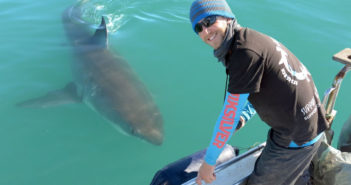
Dr Ryan Kempster is a shark biologist and founder of the non-profit organisation Support Our Sharks (SOS). He obtained his B.Sc. (2005) and M.Sc. (2007) in marine biology in the UK, and went on to complete a Ph.D. at the University of Western Australia (UWA) in the sensory biology of sharks. Dr Kempster recently spent a month with Oceans Research working on his shark deterrent project.
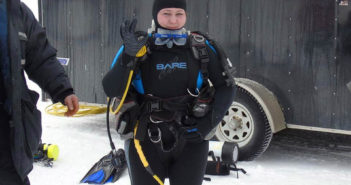
Having done most of her diving in warm-winter climates such as the Caribbean, one would think Charlene Suchy would be hesitant to dive under an Ontario lake’s ice during a Canadian winter. Think again.
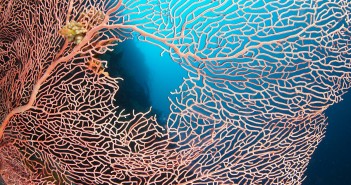
Having done most of her diving in warm-winter climates such as the Caribbean, one would…
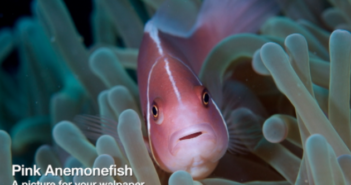
Why bother taking a camera diving at all? There’s all that hassle and someone else will have on anyway. I can think of a few good reasons to take a camera. Because it’s fun. You take pictures all the time and it’s just a fun thing to do!

Why bother taking a camera diving at all? There’s all that hassle and someone else…
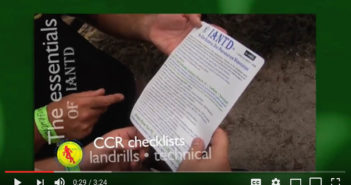
We have already talked and shared opinions on Rebreather diver’s check list, I believe this…
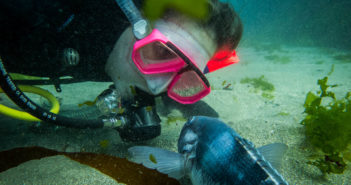
New Zealand’s coasts and oceans have been featuring a lot on TV lately, with the airing of TVNZ’s second season of the Big Blue Backyard series, and Coast. While this show features stunning, wild, remote locations such as Fiordland, the Kermadec island’s and White Island, I always feel they are missing out one gem: Wellington.
New Zealand’s coasts and oceans have been featuring a lot on TV lately, with the…
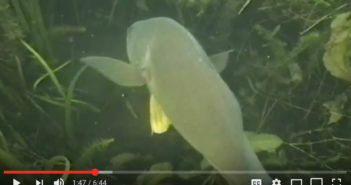
Discover the underwater world of Michigan Inland Lakes, with Nancy Washburne.
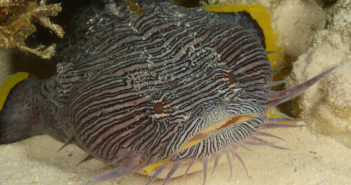
The Island of Cozumel, a popular dive destination that is located just off the eastern edge of Mexico’s Yucatan Peninsula, has many unique and beautiful reef fishes. No other reef fish is so closely identified with Cozumel diving than the Cozumel Splendid Toadfish.
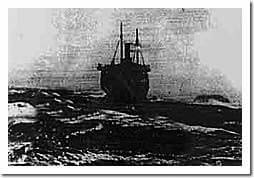
At 10 PM, October 23, 1918, the Canadian Pacific passenger ship, the SS Princess Sophia left port at Scagway, Alaska with 298 passengers, men, women and children, largely from Dawson City, Yukon, and a crew of 65.
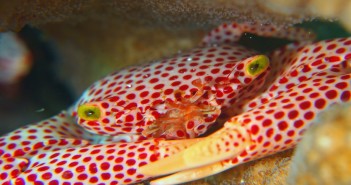
At 10 PM, October 23, 1918, the Canadian Pacific passenger ship, the SS Princess Sophia…
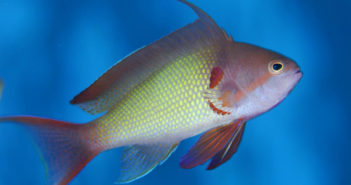
In advertising photography before taking a picture you think about the positioning, the power and color of the lights whether they are flash or continuous, in underwater photography thinking how to light the scene before us does not, or however often the underwater photography are linked to positions standards of its flash, often with the result of having, is, the subject well lit but also obtain almost flat illumination from passport photo.
When choosing a housing and camera there are two annoying things to consider – you might flood or lose it. This is one of the reasons I dont recommend using your phone. Whilst the cameras on phones are getting increasingly sophisticated, the chance of loosing it to a leak or simply dropping it are possible.
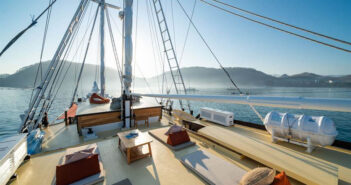
When choosing a housing and camera there are two annoying things to consider – you might flood or lose it. This is one of the reasons I dont recommend using your phone. Whilst the cameras on phones are getting increasingly sophisticated, the chance of loosing it to a leak or simply dropping it are possible.
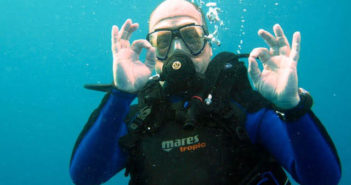
When choosing a housing and camera there are two annoying things to consider – you might flood or lose it. This is one of the reasons I dont recommend using your phone. Whilst the cameras on phones are getting increasingly sophisticated, the chance of loosing it to a leak or simply dropping it are possible.
Choosing a housing and camera, some tips… When choosing a housing and camera there are…
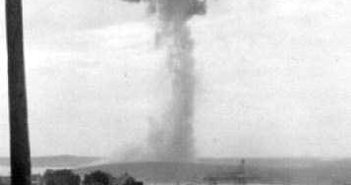
As Canada celebrates its 150th birthday this year it is worth noting that a war has never been fought on its land. But the weapons of warfare brought death and destruction to Halifax, Nova Scotia, on Canada’s Atlantic seaboard 100 years ago. On December 6, 1917, the French ship Mont-Blanc left its anchorage at Halifax to join a convoy that would cross the Atlantic en route to the First World War battle grounds.
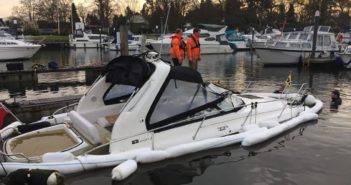
I met with RS Divers back in December who were a very impressive commercial diving company in Portsmouth. I wanted more of an insight into the life of a commercial diver and so talked to one of their staff members and Owner of the Hamble Ferry, Mike Lindsell.

